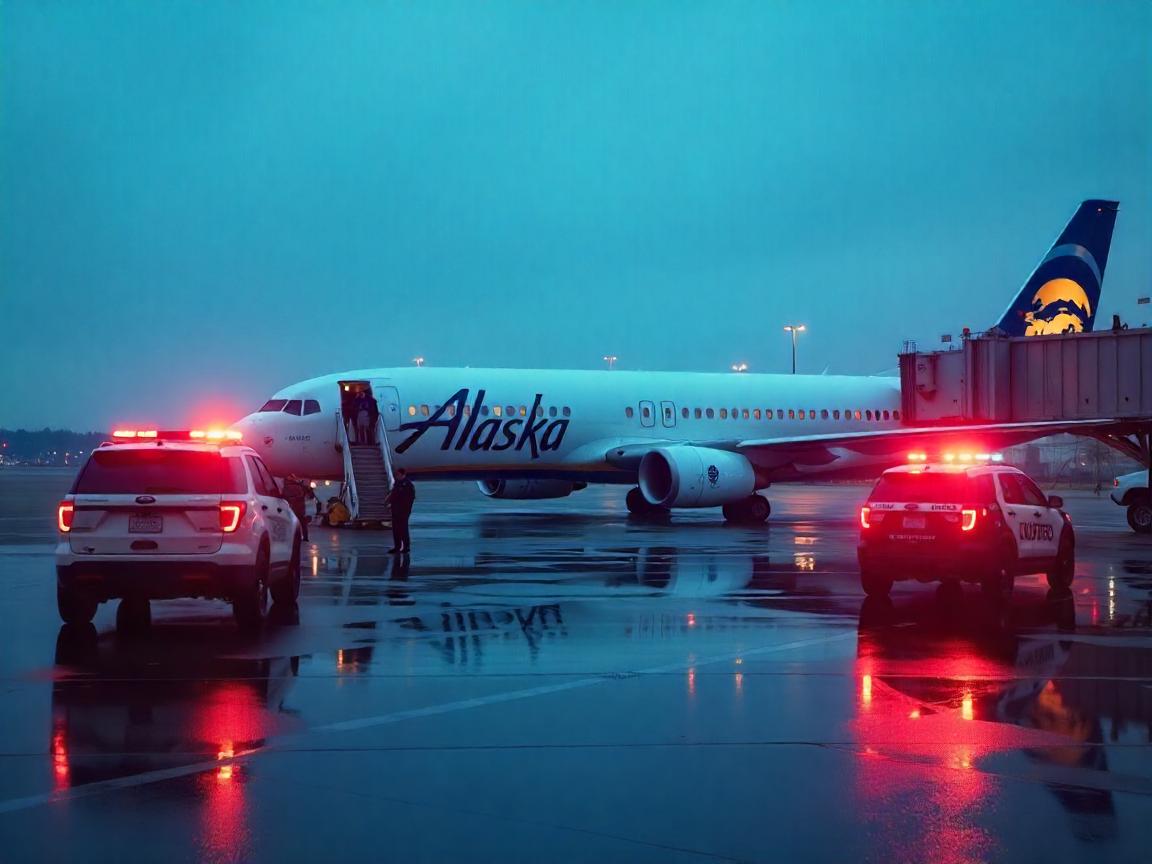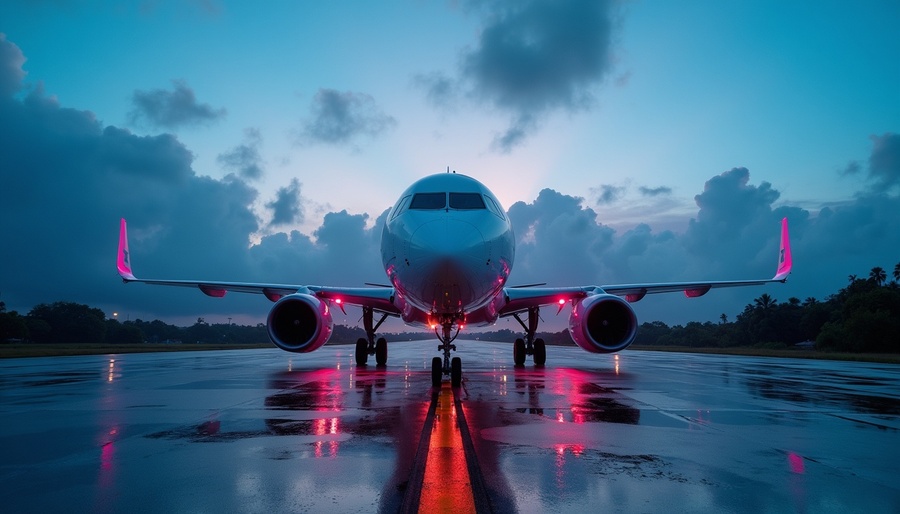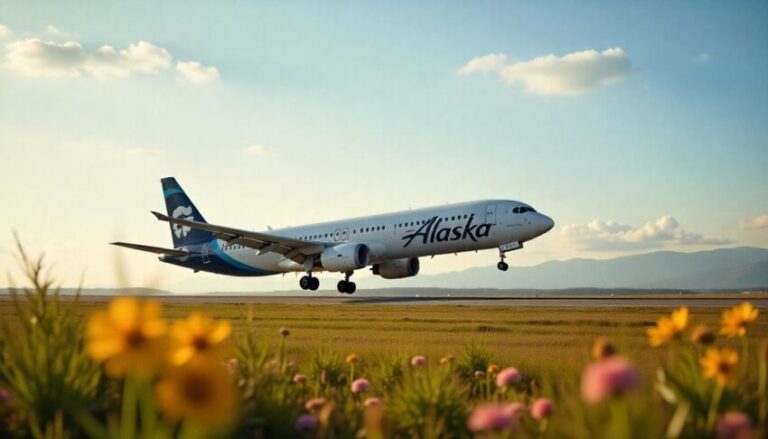Seattle Airport Halts All Flights To Walla Walla And Beyond After Bomb Threat Triggers Full Security Lockdown And Delays - Travel And Tour World
Monday, June 16, 2025

Seattle Airport descended into a full-scale emergency on June 14, 2025, after a chilling bomb threat was reported aboard a Walla Walla-bound Alaska Airlines flight, triggering a complete runway shutdown and the suspension of all operations. The suspected threat, made by a passenger while the aircraft was taxiing, led to an immediate lockdown as security teams evacuated passengers, isolated the aircraft, and launched an extensive investigation. As a result, more than 500 flights were delayed or canceled, sending shockwaves through air traffic across the Pacific Northwest and beyond. Though the airport has since resumed operations and a suspect has been detained, the incident caused widespread panic, disrupted thousands of travel plans, and exposed the growing challenge of handling in-flight security threats in real time.
On June 14, 2025, operations at Seattle-Tacoma International Airport (SEA) came to a temporary standstill following a suspected bomb threat aboard a commercial aircraft. As a precautionary measure, both runways at the airport were shut down, all aircraft activity was suspended, and an extensive security response was initiated. Although the airport has since resumed full operations, the incident caused widespread delays and raised new concerns about aviation security.
The disruption began shortly after 1:00 PM local time when emergency services, including the airport’s police and fire departments, responded to an onboard threat. The aircraft in question, an Embraer E175 operated under Horizon Air and branded as an Alaska Airlines flight, was preparing for departure to Walla Walla Airport (ALW). The aircraft was brought to a stop while taxiing to the runway after a passenger made a threatening statement to a crew member.
In response, the flight was immediately halted and isolated on runway 16R/34L. Authorities swiftly deplaned all passengers for secondary screening while conducting a full investigation into the threat. Although details of the passenger’s threat have not been disclosed publicly, it was serious enough to trigger the closure of both runways and the suspension of all flight operations for several hours.
Following the airport-wide security lockdown, hundreds of flights were impacted. FlightAware.com reported that more than 525 flights were delayed or canceled throughout the day, with the brunt of the disruption affecting Alaska Airlines. The carrier experienced 225 delays and 17 cancellations, making it one of the most severely affected airlines during the incident.
Incoming flights destined for Seattle were either rerouted to nearby airports or held at their origin points. Travelers reported long wait times, confusion, and a significant breakdown in normal airport schedules as law enforcement and emergency teams carried out their security procedures.
One individual has been taken into custody in connection with the incident. However, there is no public confirmation about whether any actual explosives were found, and it is believed that the threat may have been a false alarm. Nevertheless, the incident highlighted the critical importance of maintaining strict vigilance within the commercial aviation sector.
This recent occurrence adds to a growing number of bomb threats targeting U.S.-based flights in 2025. Earlier in the same month, another similar incident involved a Spirit Airlines flight bound for Los Angeles. Officials removed all passengers from the aircraft after receiving a bomb threat report. No explosive devices were found in that case either, but it caused considerable delays and passenger anxiety.
The rise in such threats reflects a troubling trend that complicates airline operations and places an additional burden on security personnel. While very few threats lead to the discovery of actual devices, every incident must be treated as credible until proven otherwise—resulting in substantial delays, cost implications, and heightened stress for travelers.
The legal system in the United States takes bomb threats extremely seriously, even when they turn out to be hoaxes. In a notable case from May 2025, a passenger who issued a bomb threat aboard a flight was sentenced to nearly two years in federal prison. The incident had occurred in July 2023 on a flight from Atlanta to Seattle. The individual involved handed a handwritten note to a flight attendant claiming a bomb was on board.
In addition to prison time, the offender received three years of supervised release and was ordered to pay over \$79,000 in restitution to cover the costs incurred by the airline and affected airport. This underscores the severe penalties awaiting those who attempt to disrupt air travel through false threats.
Such consequences serve not only as punishment but also as a deterrent for anyone considering similar actions. False threats drain critical resources, cause distress to passengers and crew, and undermine the safety culture that aviation heavily relies upon.
In tandem with the increase in bomb threats, the broader issue of unruly passenger behavior continues to challenge the aviation industry. The Federal Aviation Administration (FAA) classifies unruly passengers as those whose actions threaten flight safety or the well-being of others on board.
The year 2024 saw a marked increase in such incidents, with 2,102 reported cases—an uptick of 1% from 2023. Although not all cases involved threats or violence, even minor disruptions have ripple effects throughout the travel system. Examples include passengers refusing to follow safety instructions, becoming physically aggressive, or engaging in verbal altercations.
By mid-2025, the FAA had already logged 699 new reports of disruptive passengers, signaling that the trend is not abating. Airlines and regulatory bodies continue to reinforce policies around in-flight conduct, including lifetime bans, heavy fines, and criminal prosecution when warranted.
The aviation industry remains on high alert as it faces growing security and behavioral challenges. Incidents like the one in Seattle not only test the resilience of emergency response systems but also highlight the complex balance between maintaining open access to air travel and ensuring rigorous safety standards.
Enhanced security protocols, increased staff training, and public awareness campaigns are among the measures being implemented to deal with this evolving landscape. Airport authorities also work closely with federal agencies to streamline threat assessment procedures while minimizing operational disruptions.
While the temporary shutdown at SEA was swiftly handled, the long-term implications go beyond flight delays. Such threats erode passenger confidence and place further strain on an industry still recovering from previous years’ disruptions.
The June 14 bomb threat at Seattle-Tacoma International Airport serves as a stark reminder of the vulnerability of modern aviation to sudden, serious security events. With one suspect in custody, full operations resumed, and no confirmed explosives found, authorities acted quickly and effectively. However, the ripple effects were significant—hundreds of flights delayed or canceled and thousands of travelers impacted.
Seattle Airport was thrown into chaos after an explosive bomb threat on a Walla Walla-bound flight forced a full runway lockdown, halting operations and triggering mass flight delays. A terrifying bomb threat aboard an Alaska Airlines flight to Walla Walla forced Seattle Airport into emergency lockdown, grounding planes and unleashing widespread travel disruption.
As bomb threats and unruly passenger behavior continue to rise, the industry faces mounting pressure to ensure traveler safety without compromising efficiency. These ongoing incidents emphasize the critical need for robust preventive measures, decisive legal action, and heightened passenger awareness to maintain the integrity and security of global air travel.











